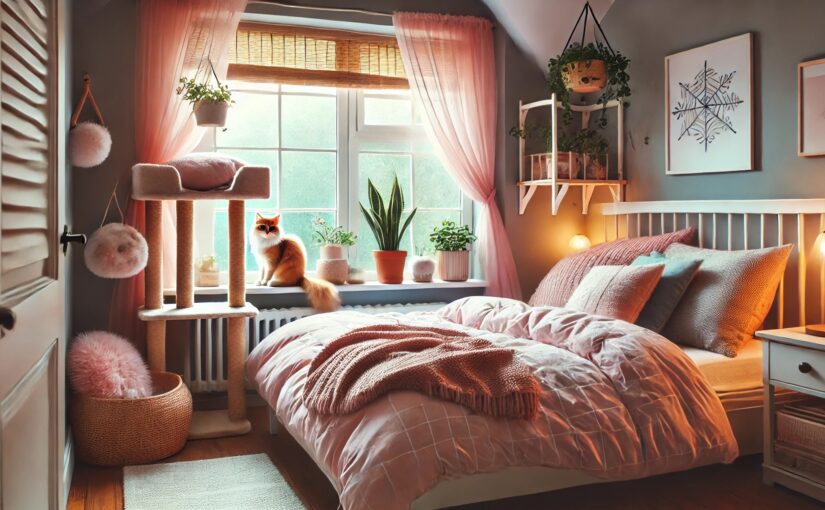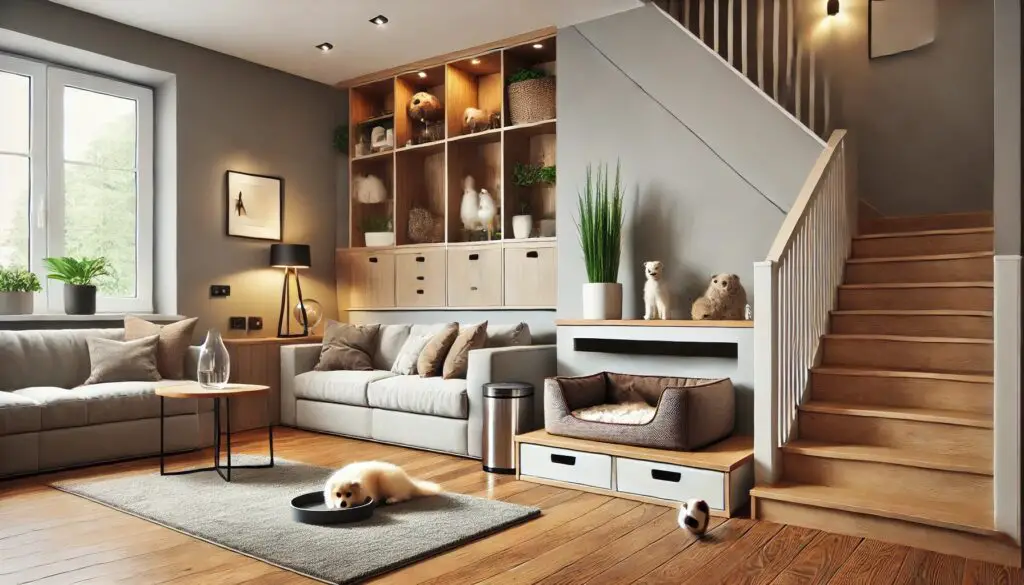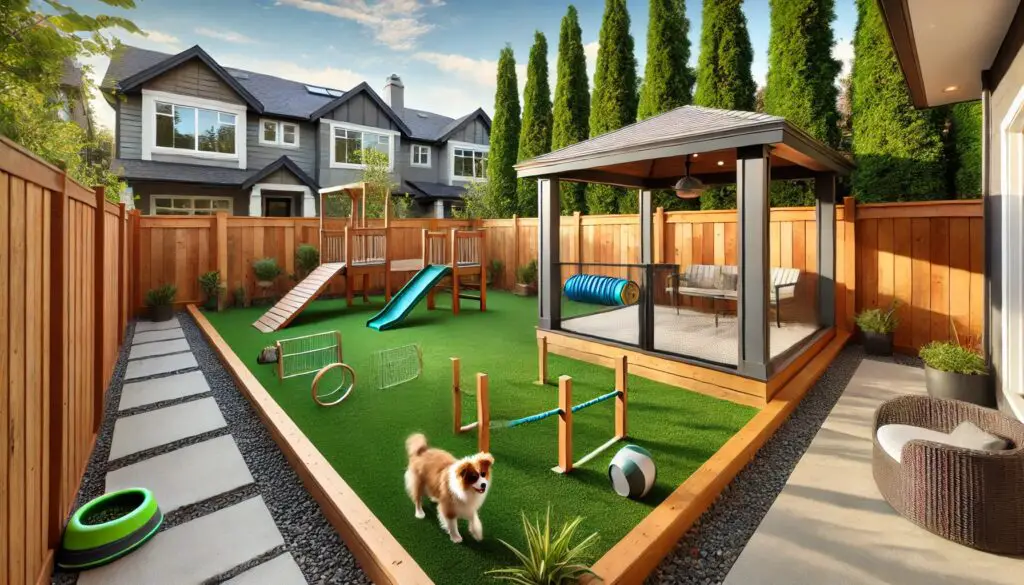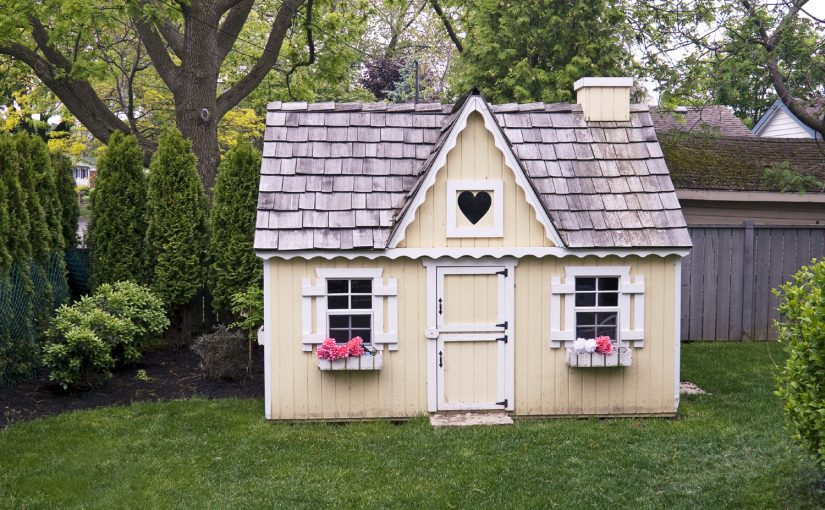Investing in land opens a world of possibilities. Imagine a patch of earth that feeds you, earns rental income, and maybe even houses a piece of history. Many investors overlook land, but with some creativity, it’s one of the most versatile assets you can own. Let’s look at how you can turn a simple land investment into a multi-functional powerhouse—whether through agriculture, short-term rentals, or restoring historic charm.
1. Grow Your Own Food and Maybe More
Growing food isn’t just for farmers anymore. With rising interest in self-sufficiency and organic eating, even small plots can provide an impressive amount of produce. You don’t need acres of land to make a difference in your diet. In fact, a well-organized garden on a small lot can feed a family, covering daily essentials like vegetables, fruits, and even herbs.
For an in-depth look, the article on how much land feeds a family daily breaks it down beautifully. It’s all about choosing high-yield crops, using sustainable practices, and rotating crops seasonally to keep the soil healthy and to make your land investment worth it.
Maximizing Land for Profit
While feeding your family is satisfying, extra land means extra potential. With the right layout, you can grow high-demand produce, herbs, or specialty crops. Urban gardeners are selling microgreens, edible flowers, and herbs at premium prices to restaurants and farmers’ markets. Another option? Fruit trees. They’re low-maintenance and provide a harvest you can sell to local markets or even online.

2. Building Short-Term Rentals: Vacation Homes that Pay You Back
Short-term rentals have become a huge industry, thanks to the demand for unique experiences. If you have a piece of land with a scenic view, peaceful setting, or proximity to attractions, it could be perfect for vacation rentals. You don’t have to go all-in on a mansion or luxury resort, either. Unique and simple options, like tiny homes, cabins, or glamping setups, are in demand.
In fact, this article on building and renting vacation homes explains how you can design a getaway on a budget. The emphasis here is on creativity. Travelers crave something memorable, so focus on unique touches—eco-friendly building materials, themed decor, or cozy outdoor areas. And, of course, don’t forget Instagrammable spots. Many vacationers choose properties they can show off online, so think of photo-worthy details like swing chairs, outdoor fire pits, or rustic wooden porches.
Budget-Friendly Tips for Vacation Rentals
Starting a rental doesn’t need to break the bank. Here’s how you can save:
- Repurpose materials: Use reclaimed wood, vintage furniture, and DIY decor to cut down on costs.
- Small is beautiful: Tiny homes, yurts, or cabins are affordable and fit the rustic, back-to-nature vibe that many vacationers love.
- Energy efficiency: Solar panels, water-saving fixtures, and proper insulation reduce operating costs while appealing to eco-conscious travelers.
- Local partnerships: Team up with local artisans for decor or nearby businesses for discounts on activities. Partnerships can enhance the guest experience without costing much.
3. Restoring Historic Properties on a Budget: From Ruin to Residence
Now, let’s talk history. Renovating historic properties can be incredibly rewarding. Many people love the charm of old buildings but hesitate to invest, thinking it’s costly or impractical. In reality, there are ways to restore on a budget, especially if you focus on essential repairs first, leaving the intricate details for later. Plus, these restored spaces make ideal vacation rentals, blending nostalgia with comfort.
A recent guide to transforming historic properties on a budget provides a wealth of tips. From structural fixes to cosmetic tweaks, there’s a lot you can do to bring an old building back to life. You don’t need to hire top-dollar contractors or go for luxury fixtures. The secret lies in doing some work yourself, prioritizing repairs, and sourcing locally to keep things affordable.
Breathing Life into Old Buildings
Here are some budget-friendly steps for restoring an old property:
- Stabilize first: Focus on structural stability, including roof, foundation, and plumbing. Once these basics are sorted, you can work on the cosmetic aspects in stages.
- Salvage materials: Many historic homes come with hidden gems, like hardwood floors under old carpets or original bricks. Cleaning and restoring these materials is cheaper than buying new.
- DIY small details: Sanding, painting, and staining are easy DIYs with a big impact. You don’t need to pay for these tasks if you’re willing to roll up your sleeves.
- Go vintage: Vintage decor, reclaimed fixtures, and antique furniture can be affordable and match the home’s character.
Why These Strategies Work Together
Combining these approaches isn’t just possible—it’s practical. Think about it: a land investment where you grow your own food, host paying guests, and even restore an old building for added charm. Each element enhances the other, creating a unique blend of lifestyle and investment. So, your crops not only feed you but can also contribute to a charming “farm-to-table” experience for guests. The historic property could serve as the centerpiece, adding character to the site.

Case Study: The Multi-Purpose Landowner
Consider a property where each section serves a purpose:
- The Garden: Rows of vegetables, fruit trees, and herb patches create a scenic, functional garden for both personal use and guest enjoyment.
- Tiny Homes or Cabins: Nestled within the garden or overlooking scenic areas, tiny homes attract vacationers who want a nature-based escape.
- Restored Cottage: An old farmhouse or historic building serves as both a guesthouse and a piece of the property’s identity, adding rustic charm that visitors appreciate.
Marketing Your Property
Once you have your land set up, it’s all about getting noticed. Here are ways to make your land investment stand out:
- Highlight the Experience: Instead of advertising “a room for rent,” focus on the experience—“Stay in a historic farmhouse with organic gardens.”
- Showcase Unique Features: Rustic barns, heritage trees, or vintage furniture can make your listing pop.
- Local Activities: Research local events, attractions, or nature spots that add value to a stay. Include these in your listings to attract travelers seeking a full experience.
- Use Multiple Platforms: Besides popular booking sites, consider local tourism boards and specialty sites for eco-tourism or historic stays.
Final Thoughts: Making Land Ownership an Adventure
Land ownership shouldn’t be a one-note investment. Therefore, with a bit of imagination, your land can feed you, house guests, and tell a story. Whether you’re planting a garden, constructing cozy vacation homes, or restoring a slice of history, each addition enhances the property’s character and value.
Combining these strategies can be surprisingly affordable and incredibly rewarding. Each aspect—agriculture, short-term rentals, and historic renovation—complements the others, creating a space that’s not only profitable but also a pleasure to live in and share.
Get Started Today
So, ready to start? Let’s begin the planning. Think about what your land offers, what you’re passionate about, and how to start. A little investment, creativity, and hands-on work can turn even a modest plot into something magical. Who knew land could be such a multi-tasker?





